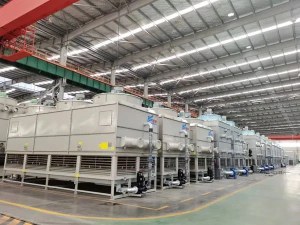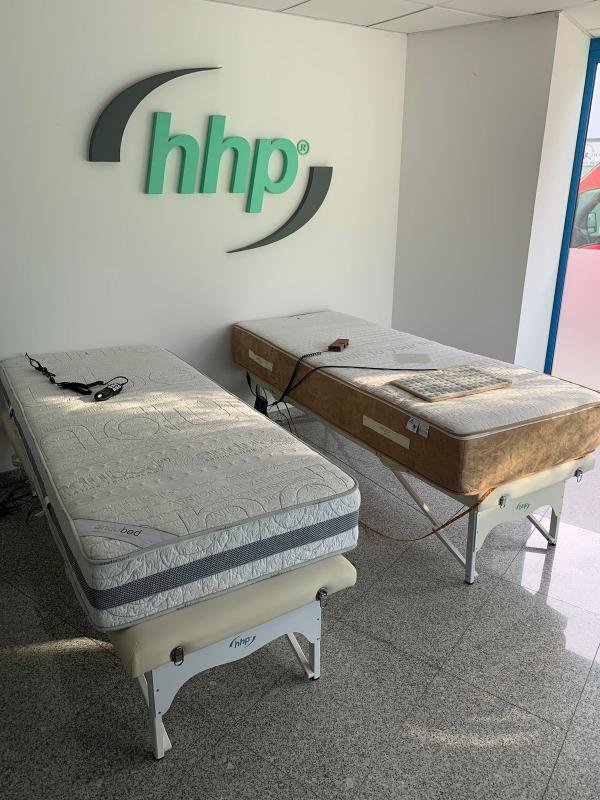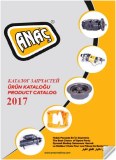 |
|
|
Varios / Descuento
Plate Heat Exchanger
|
|
Esta página es acerca de los importadores y exportadores de Plate Heat Exchanger Buscar en la categoria : Varios / Descuento Buscar en la categoria : plate, exchanger, heat |
Friday 26 December 2025
Oferta de liquidación excepcional para profesionales, con colchones de alta gama
Cantidad : 310 - Precio : 289,00 €
Precio especial: 289 € + IVA / unidad Cantidad disponible: 310 unidades Colchones nuevos procedentes de liquidación, destinados a mayoristas, importadores, distribuidores y empresas de destockaje. Productos de alta gama equipados con tecnologías avanzadas de relajación. ✅ Modelos Andubed - 21 transmisores de vibración - Zonas calefactadas por infrarrojos - Dimensiones: 70×200 a 120×200 ✅ Modelos Andubed LUXE - Calor focalizado: cervical, dorsal y piernas - Diseño premium...
TRANSIDI
- 22440 - PLOUFRAGAN
- 09 72 63 03 26
- 33(0)603670505
Friday 15 December 2017
online katalogOEM PART NO DESCRİPİTİON 66072 Crown Wheel and Pinion FOR CARRARO 13X30 66941 Crown Wheel and Pinion 15x37 2277448 CATERPİLLAR AİR FİLTER OUTER 2277449 CATERPİLLAR AİR FİLTER İNNER 01/117901 FAN BELT 01/124403 FAN BELT 01/124404 02/100073 Oil Filter Canister Type, MEDİUM...
ANAC MAKINA CO LTD STI
- 34800 - İSTANBUL
- +905069691531
- +9005069691531
Wednesday 06 August 2014
Caractéristiques LED 35W Rail d'éclairage: 1 Source de lumière: OriginalSharp COB (15W) et CREE COB LED (25W 30W 35W),> 80lm / W. 2. IRC élevé (> 90Ra), très proche de la lumière halogène classique. Réflecteur 3.Unique, la distribution de la lumière parfaite, sans aucune ombre...
Shenzhen Encore Optoelectronic Technology Co., Ltd.
- 518102 - xixiang
- +18 6 75 53 83 59









